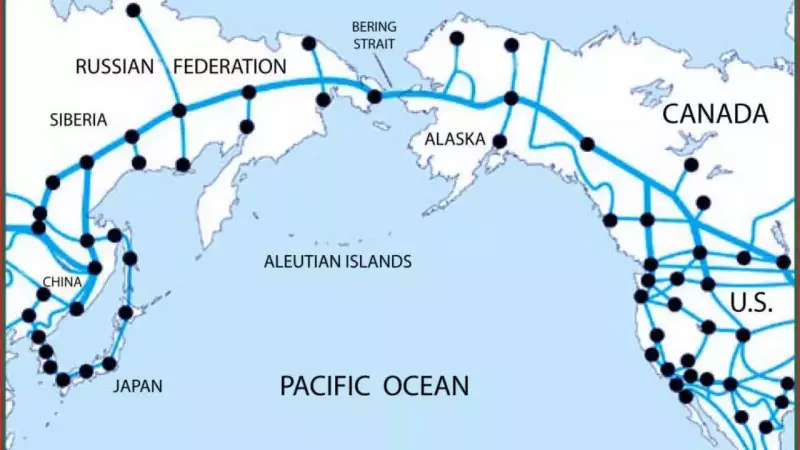
In a revelation that sounds like something from a science fiction novel, Russia has confirmed that serious studies are underway for one of the most ambitious engineering projects in human history - a massive tunnel stretching over 70 miles beneath the Bering Strait to connect Siberia with Alaska.
The Six-Month Head Start
According to Kremlin envoy Nikolai Korchunov, feasibility assessments for this transcontinental marvel began approximately six months ago. This isn't just preliminary brainstorming; we're talking about concrete technical and economic evaluations that could potentially bring two continents closer than ever before.
More Than Just a Tunnel
This proposed infrastructure behemoth represents far more than just a transportation corridor. Experts suggest it could:
- Revolutionize global trade routes by creating the shortest land connection between North America and Eurasia
- Transform Arctic development by providing unprecedented access to remote regions
- Challenge existing shipping lanes with potentially faster overland alternatives
- Create new economic opportunities for both Russia and the United States
The Friendship Factor
Dubbed the "friendship tunnel" in diplomatic circles, this project emerges during one of the most complex periods in US-Russia relations. The timing raises intriguing questions about whether infrastructure could become a bridge where politics currently creates divides.
Engineering Against the Elements
The technical challenges are nothing short of monumental. Engineers would need to conquer:
- Extreme Arctic conditions with temperatures plunging far below freezing
- Seismic activity in one of the world's most geologically active regions
- Unprecedented length that would make it the longest underwater tunnel ever constructed
- Logistical nightmares of operating in remote, harsh environments
While the project currently exists primarily on drawing boards and in feasibility reports, its mere consideration signals a bold vision for the future of international connectivity. As the study progresses, the world watches to see if this century-old dream might finally become reality.





